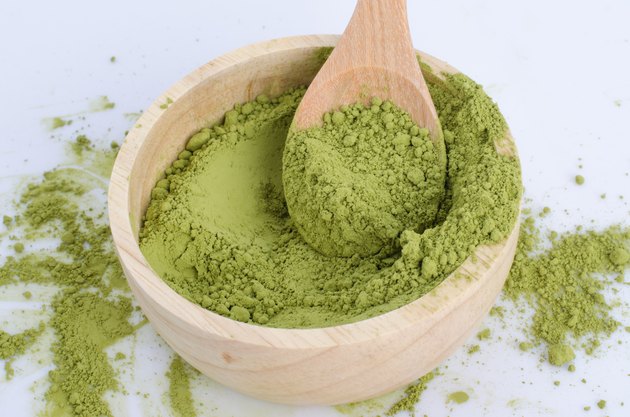 Obese people should eat more spirulina safe without side effects
Obese people should eat more spirulina safe without side effectsIn the face of excessive festivals, gatherings and entertainment, modern people gradually develop a habit of overeating and black and white. What follows is the accumulation of fat caused by imbalances in the body and excess energy. What are the weight loss recipes? Everyone needs to know that there is no absolute weight loss method in the world, because people are different, some people are ...
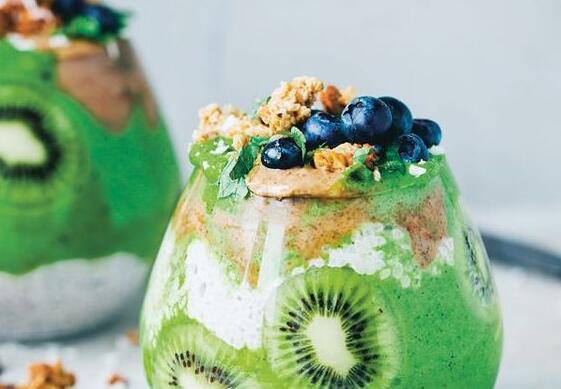 What are the nutritious foods? Spirulina has a prominent position in nutritious foods
What are the nutritious foods? Spirulina has a prominent position in nutritious foodsModern life, people's life pressure, irregular life, combined with various industrial pollution, environmental pollution, garbage food flooding, etc., people's health level is generally low, in order to enhance physical fitness, many people seek nutritional food, then what are the nutritious food? Let's take a closer look at several nutritious foods, including spirulina. milk ...
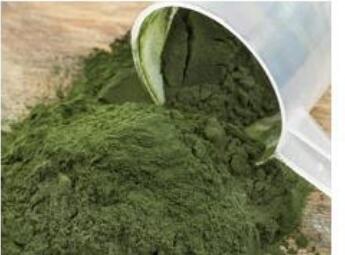 what exactly is spirulina?
what exactly is spirulina?Spirulina is one of the oldest life forms on Earth. In fact, this blue-green microalgae is partly responsible for producing the oxygen in the planet's atmosphere that billions of years ago allowed the planet's originating life forms to develop. Spirulina ...
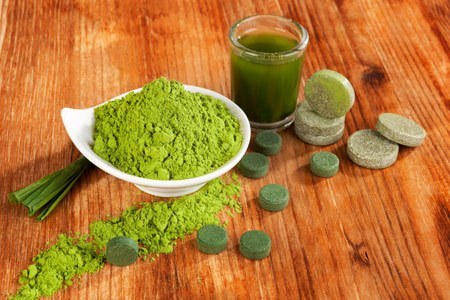 Green A Spirulina Pioneer of Human Resistance
Green A Spirulina Pioneer of Human ResistanceGreen A Spirulina Pioneer of Human Resistance...
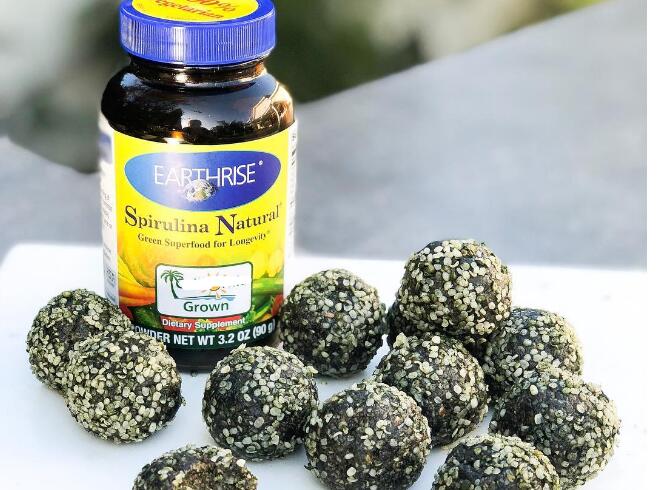 Spirulina has high nutritional value and is the leading product in the health care products list.
Spirulina has high nutritional value and is the leading product in the health care products list.With the improvement of people's living standards, health care has become the goal pursued by people. Nowadays, the domestic health care industry can be described as a flourishing market. In the face of the mixed health care products market, what kind of health care products people want to know most is best choice. Here are some health products that have an important position in the health product...
 Spirulina Let's eat it!
Spirulina Let's eat it!Under the impetus of the national “seventh five-year” research project, the production and deep-processing enterprises of spirulina breeding industry have sprung up, and various products have entered the domestic and foreign markets. Spirulina Let's eat it! Spirulina, the most ideal food for humans in th...
The microalgae industry has developed to its current status by providing a safe and nutritious product for the human supplement market as well as the animal and aquaculture feed markets. The vast majority of this microalgae biomass is produced from spirulina, chlorella, and Aphanizomenon flos-aqua. Concern over the discovery of toxic algae blooms in Klamath Lake underscore vital differences between cultured spirulina and species of wild lake-grown algae. Scientists believe there are over 30,000 species of microscopic algae. The immense range of species includes nutritious varieties like spirulina and chlorella, as well as potentially dangerous species such as the microcystis strains identified in Upper Klamath Lake. In this way, microalgae are similar to mushrooms—common cultured table mushrooms are absolutely safe and healthful while others, such as some toadstools can be poisonous. The same situation occurs in the bacterial group—some, like the lactobacilli are essential for good digestion while others, such as salmonella can cause disease.
Cultured spirulina can be grown free of contaminating algae for several reasons. The growing conditions for spirulina are unique as it is cultivated and thrives in very alkaline conditions. Competitor algae and other contaminants simply cannot compete and grow under these harsh conditions. Ponds are monitored and analyzed every day and carefully controlled to maintain a balanced chemistry. Samples are carefully scrutinized on a daily basis via microscopic testing to assure purity and cleanliness. Water runoff from outside sources cannot enter the raised raceways that cultivate spirulina. Thus, there is no possibility for agricultural waste such as pesticides and herbicides to contaminate the cultures. Finally, as a precautionary measure, lots are periodically screened for cyanotoxins, none have been detected in Hawaiian Spirulina cultures.
Cyanotoxins have long been recognized as a water-based disease that causes animal illness and death. The biotoxins, microcystin and nodularin, have been implicated in causing irreversible hepatotoxicity and tumor promoting reactions laboratory rats, Evidence in China suggests a correlation between microcystins in drinking water and primary liver cancer. Australia, Canada, and Great Britain are moving to establish maximum acceptable concentration (MAC) of microcystins in drinking water, which are in parts per billion. In Australia a limit of 1 ppb (1 μg/liter) has been proposed. The June 1994 Criteria Document on Microcystin-LR for Canadian drinking water recommends a MAC of 0.5 ppb (0.5 μg/liter) for microcystin-LR and 1 ppb (1.0 μg/liter) for total microcystins. An even lower level of 0.01 ppb (0.01 μg/liter) has been proposed for Chinese waters based on research and levels of microcystins found in drinking local water. Because of the risk for cancer and liver damage, further research is needed to elucidate the dose-dependent effects of microcystins. Excellent reviews of cyanotoxins, microcystins, and nodularins have been published (Carmichael; 1992, 1994, 1997).
Despite the controlled conditions, precautions, quality control, and proven safety of spirulina, consumers often confuse or associate spirulina, with wild Aphanizomenon flos-aqua which is vulnerable to toxic microcystin and nodularin contamination. As a result of these concerns, Cyanotech Corporation, Earthrise Farms (Calipatria, CA), and other international spirulina and chlorella manufacturers formed a consortium in 1995 to jointly fund a phytotoxin research project. This research was performed in the laboratory of Dr. Wayne Carmichael (Wright State University) and resulted in a very sensitive assay for microcystin and nodularin toxins in algae products. The project generated a technical booklet for the microalgae industry entitled “Detection of microcystins and nodularins using an enzyme linked immunosorbant assay (ELISA) and a protein phosphatase inhibition assay (PPIA)”. The PP2A inhibition assay is 1000 times more sensitive than the HPLC or mouse bioassay (0.05 ng/ml) and the ELISA assay method for the detection of microcystin and nodularin is sensitive to 0.002 ng/ml.
On September 27, 1999 Health Canada announced the results of their broad testing program of blue-green algae products and found only spirulina was microcystin-free. However, testing indicated that many non-Spirulina algae products harvested from natural lakes would result in a daily intake of microcystins above what is considered acceptable by Health Canada and the World Health Organization. Again, spirulina received a clean bill of health by a government agency but warned against other blue-green algae products.
Cyanotech Corporation has been a producer of spirulina (Arthrospira platensis) and other microalgae products for over 10 years in accordance with Good Manufacturing Practice. The Hawaiian production facility is 3rd party GMP certified and is inspected by the Hawaii State Department of Health. Quality control is assured on-site by technicians who conduct chemical and microbiological assays to guarantee the purity of the ponds and final product. Consumer safety of our product is of utmost priority. Spirulina received GRAS (Generally Recognized As Safe) by the FDA in 1981, whereas Aphanizomenon flos-aqua has never been granted this status. Unlike blue-green algae harvested from uncontrolled lakes, spirulina that is cultivated under carefully controlled conditions does not contain cyanotoxin contamination.
The benefits of spirulina on human health are widely considered to be significant. As it is gernerally recognized as safe by the FDA, it should be taken by any individual looking to improve their health. Learn more about spirulina to discover what it is and how its addition to one’s diet may greatly improve health.
 Mung bean porridge suitable for autumn consumption
Mung bean porridge suitable for autumn consumptionMung bean porridge suitable for autumn consumption...
 Five breathing exercises for quick relaxation
Five breathing exercises for quick relaxationIn these fast-paced, busy times, the average adult report in the United States feels overwhelmed, overworked and under pressure from all sides. Without adequate sleep, relaxation time and physical exercise, it is difficult to maintain a healthy vision and combat the effects of stress. ...
 It's easy to get trapped in summer. Teach you how to solve it.
It's easy to get trapped in summer. Teach you how to solve it.In the summer, we should pay attention to this. At this time, everyone is prone to sleepiness. This is a situation that is easy to occur in the summer. It has a very big impact on our health, so we should learn to adjust very well during the summer. It is important to pay attention to the problem of insomnia. Let's take a look at how to maintain health in the specific summer. Replenishing wat...
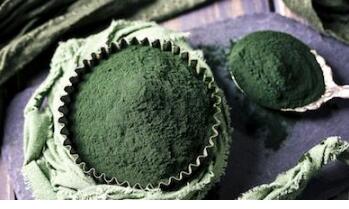 Frequent seasons in the fall season, teach you how to prevent
Frequent seasons in the fall season, teach you how to preventFrequent seasons in the fall season, teach you how to prevent...
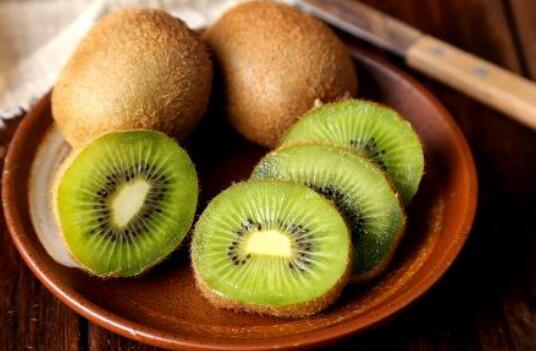 The best way to keep in the fall
The best way to keep in the fallThe best way to keep in the fall...
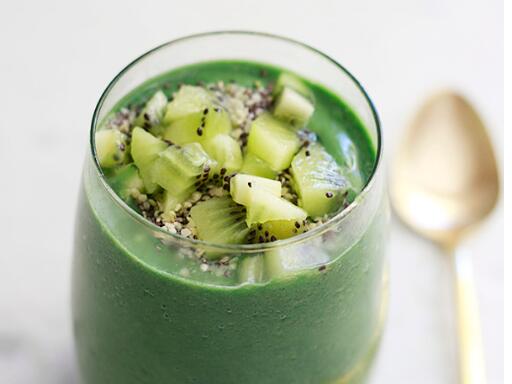 Eat seasonal foods in the fall to help lose weight
Eat seasonal foods in the fall to help lose weightEat seasonal foods in the fall to help lose weight...
Sign up to receive exclusive promotions and health recipes via email.

